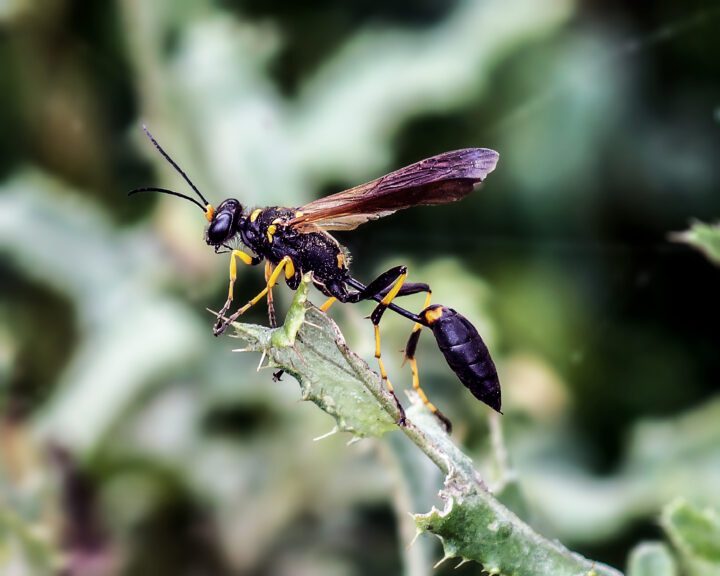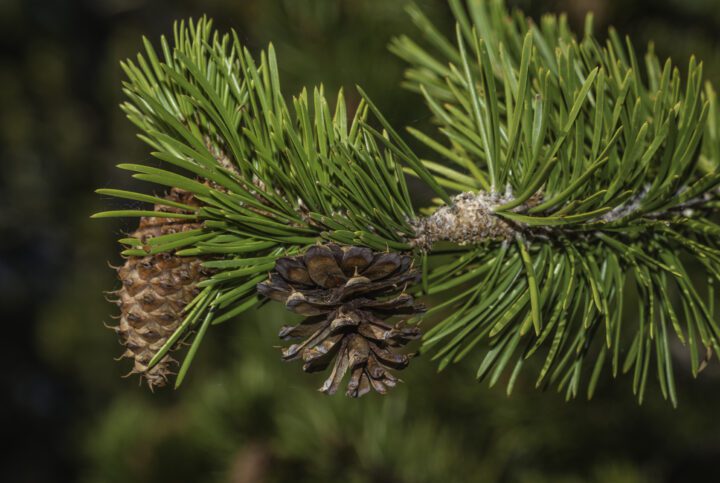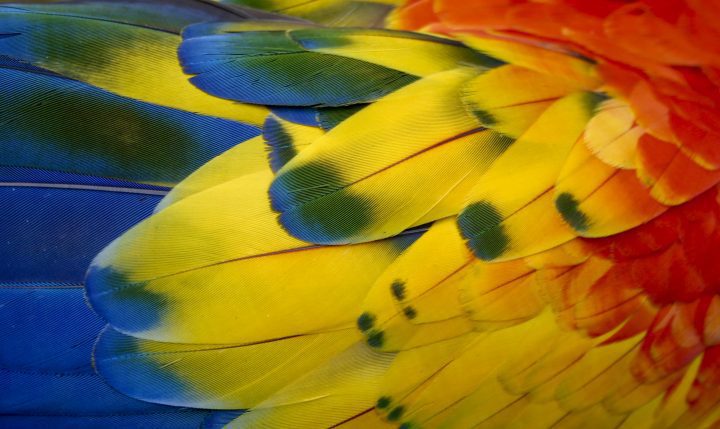Modify Size/Shape/Mass/Volume
Many living systems alter their physical properties, such as size, shape, mass, or volume. These modifications occur in response to the living system’s needs and/or changing environmental conditions. For example, they may do this to move more efficiently, escape predators, recover from damage, or for many other reasons. These modifications require appropriate response rates and levels. Modifying any of these properties requires materials to enable such changes, cues to make the changes, and mechanisms to control them. An example is the porcupine fish, which protects itself from predators by taking sips of water or air to inflate its body and to erect spines embedded in its skin.
Send Light Signals in the Visible Spectrum
The visible spectrum is the portion of the electromagnetic spectrum that the human eye can detect. Visible light can be thought of in two ways–light as illumination (such as that used by fireflies) and colors that result from light being absorbed or reflected. Living systems use light for a variety of purposes. Sometimes, they use it to make themselves highly visible (like a peacock showing off his brilliant feathers to a potential mate). Other times, they use it to become virtually invisible (like an owl hiding in plain sight when it rests during the day). When a living system sends a light signal, it must create that light or color in an energy- and material-efficient way. Living systems create and enhance color using such strategies as non-toxic pigments, structures that bend and absorb different wavelengths, and chemical processes that create bioluminescence.





